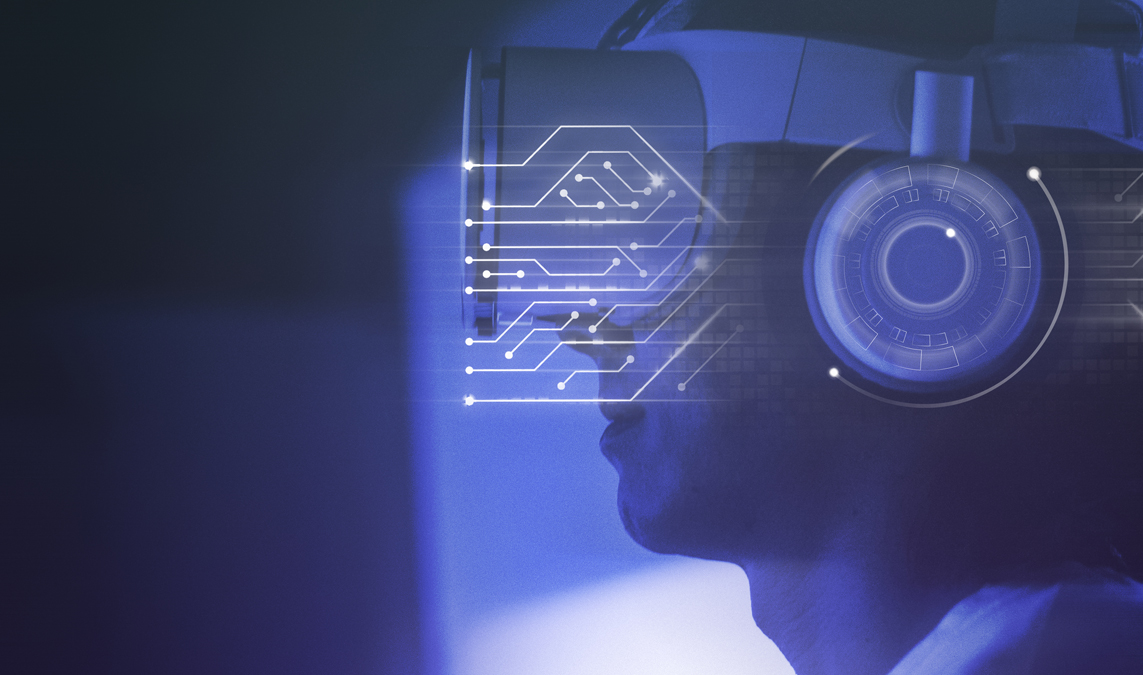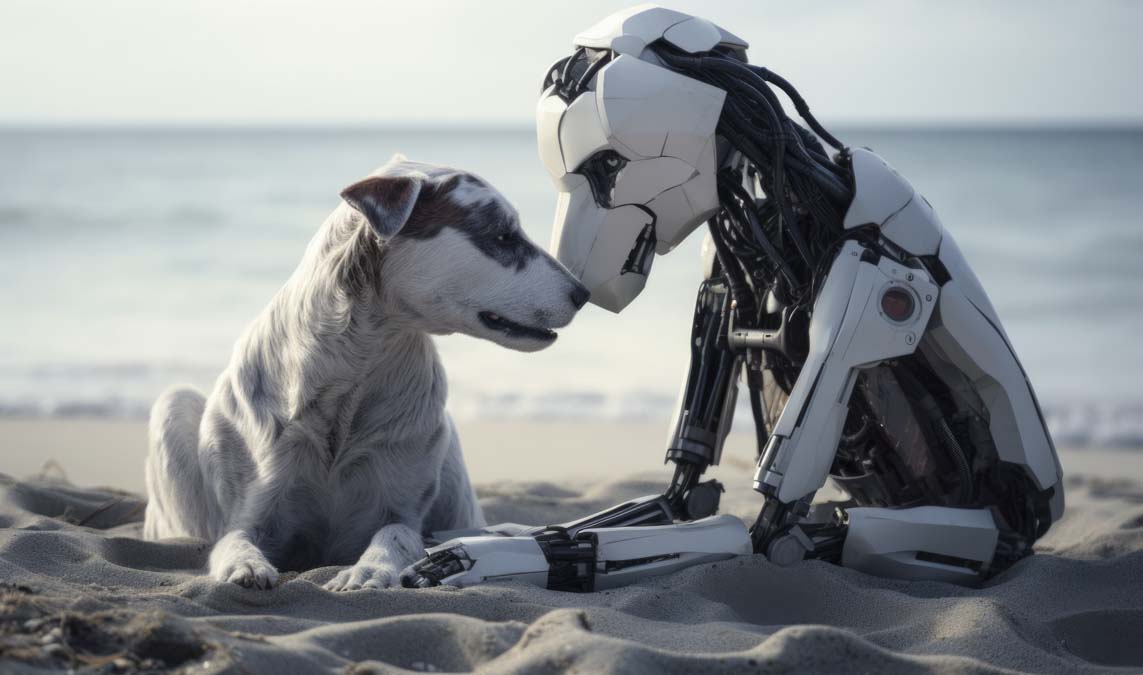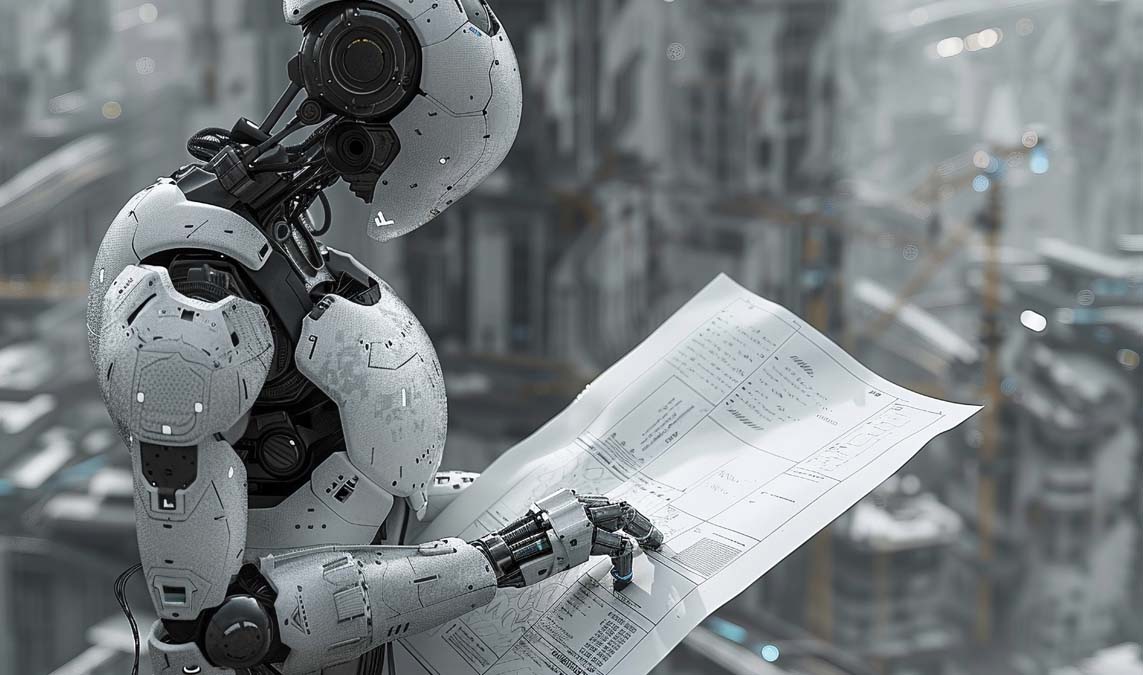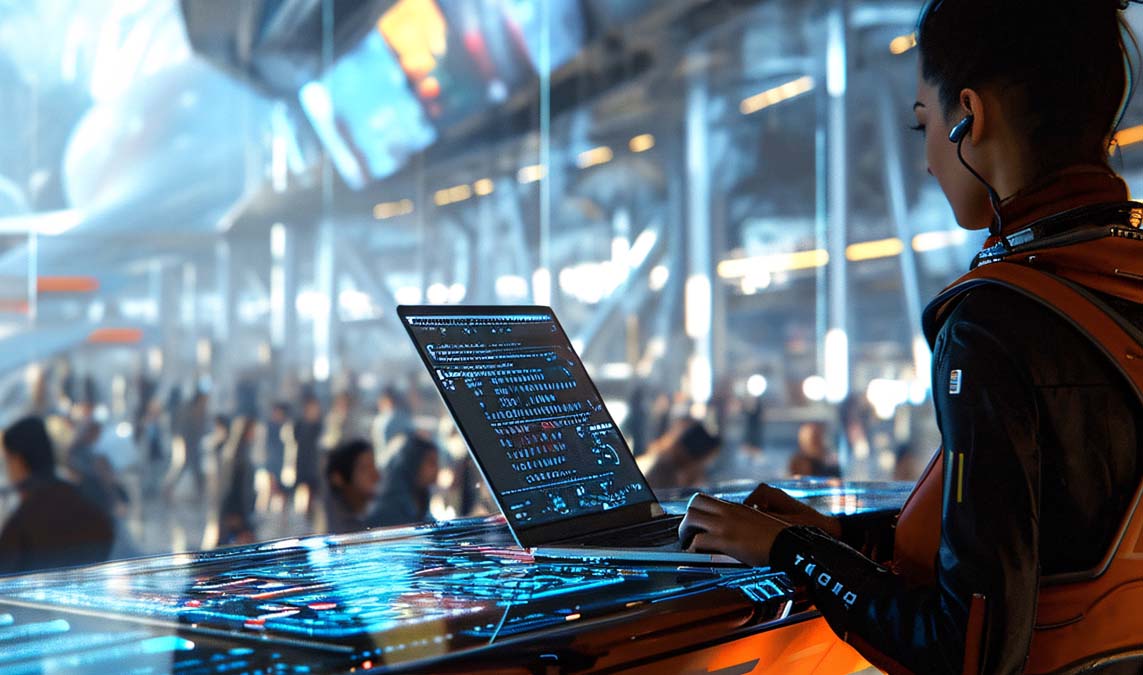Artificial Intelligence (AI) has rapidly evolved over the past decade, but recent advancements have introduced a wave of new AI technology that is reshaping how businesses operate, how we interact with machines, and how innovation drives global progress. These cutting-edge developments are not just incremental improvements—they are transformative tools revolutionizing every major sector.
From healthcare to education, manufacturing to marketing, new AI technology is changing the game. Moreover, its accessibility is expanding, allowing even small businesses and individual users to leverage intelligent systems like never before.
What Defines “New AI Technology”?
New AI technology refers to the latest generation of artificial intelligence tools, algorithms, and platforms that push the boundaries of automation, natural language understanding, data analysis, and decision-making. Unlike traditional rule-based systems, these newer models use advanced machine learning, neural networks, and deep learning to adapt and improve over time.
For instance, technologies like GPT-4, DALL·E 3, and multimodal AI systems can now process text, images, and even video inputs. As a result, they are becoming highly versatile and human-like in their interactions.
Key Innovations in New AI Technology
1. Generative AI Models
Generative AI is at the forefront of this evolution. These models are capable of producing original content—such as text, images, and audio—based on simple user prompts. Platforms like ChatGPT, Midjourney, and Stability AI have made it possible to generate high-quality output in seconds, enabling creative professionals to speed up workflows and experiment more freely.
In addition, new AI technology in this space can help with content creation, scriptwriting, product design, and even coding.
2. AI-Powered Robotics
The integration of AI into robotics has led to machines that can perceive, react, and learn from their environments. For example, Boston Dynamics’ robots now demonstrate more fluid and adaptive motion, enabling their use in warehouses, construction sites, and disaster zones.
Consequently, these advancements in robotic AI are boosting productivity and safety in high-risk industries.
3. Personalized AI Assistants
Virtual assistants have become smarter thanks to new AI technology. They can now handle multi-step tasks, understand context over long conversations, and even simulate emotional intelligence. Tools like Copilot (by Microsoft) and Google’s Gemini are enhancing productivity and enabling more natural interactions across platforms.
As these systems continue to evolve, they will become indispensable parts of our daily routines.
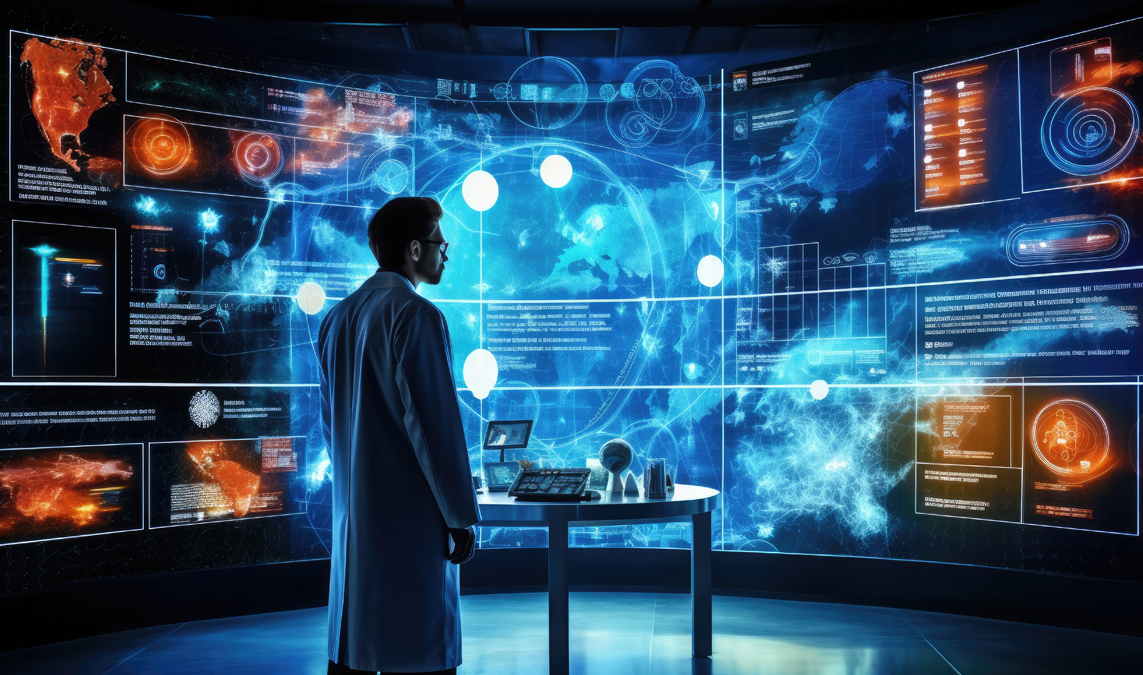
Real-World Applications Across Industries
Healthcare
In healthcare, AI is being used for early disease detection, personalized treatment plans, and operational efficiency. New AI technology can analyze vast amounts of medical data in real-time, helping doctors make more informed decisions.
Notably, AI-driven diagnostic tools now outperform human experts in areas like radiology and pathology.
Education
New AI-powered tutoring systems can personalize learning based on a student’s pace, comprehension level, and engagement patterns. Additionally, educators are using AI tools to automate grading and create dynamic, interactive course content.
This shift is making education more accessible and tailored, especially in remote learning environments.
E-Commerce and Marketing
From chatbots that answer queries instantly to predictive analytics that personalize shopping experiences, new AI technology is revolutionizing the way companies engage with consumers. AI can recommend products, optimize pricing, and even predict future trends based on real-time data.
In essence, brands can now deliver highly personalized marketing at scale.
Manufacturing and Logistics
AI is streamlining supply chains through demand forecasting, inventory optimization, and predictive maintenance. Moreover, smart factories equipped with sensors and AI models are reducing downtime, improving product quality, and minimizing waste.
This level of efficiency would not be possible without new AI technology.
Ethical and Regulatory Considerations
As with any powerful tool, the rise of new AI technology comes with concerns. Issues around bias, privacy, job displacement, and accountability are becoming increasingly important. Governments and institutions are actively working to establish frameworks and ethical guidelines to ensure AI is used responsibly.
Therefore, companies adopting AI must balance innovation with responsibility to maintain public trust.
The Future Outlook of New AI Technology
Looking ahead, we can expect AI to become even more human-like, proactive, and embedded in everyday applications. With the growth of quantum computing, real-time AI decision-making at massive scales may soon become a reality.
Furthermore, the democratization of AI—through no-code platforms and open-source models—will allow users of all skill levels to build intelligent applications, further accelerating adoption.
Why New AI Technology Matters Now
With industries undergoing digital transformation, now is the time to embrace new AI technology. Not only does it offer a competitive advantage, but it also empowers teams to do more with fewer resources. As global challenges like climate change, healthcare shortages, and economic uncertainty persist, AI presents tools that can drive meaningful change.
By adopting and understanding these technologies early, individuals and organizations can stay ahead of the curve.
Conclusion
In summary, new AI technology is not a passing trend—it’s a cornerstone of the future. Its ability to transform sectors, solve complex problems, and enhance human potential is unparalleled. As this technology continues to evolve, those who harness its power today will be the leaders of tomorrow.

